Rome isn’t just a city—it’s a living museum, a culinary capital, and a cultural treasure trove where every street tells a story.
This guide will walk you through the very best things to do in Rome—divided by nature, history and culture, food, and immersive local experiences.
Come explore the city’s colors and experience both the well-known and the lesser-known sides of this ancient metropolis.
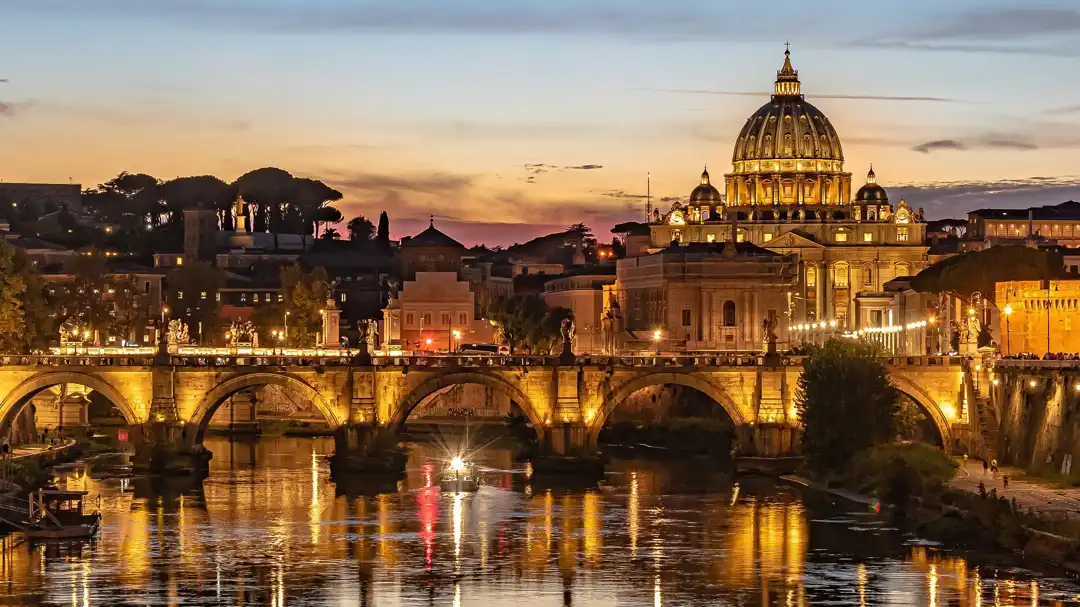
Nature Activities
Here are some of the best things to do in Rome, Italy, to experience the city’s historic past, dynamic present, and everything in between.
1. Villa Borghese Gardens
The Villa Borghese Gardens is a city park that’s perfect for fans of nature or art. This vast green space is a great respite from the chaotic city. Walk around, take a boat out on the lake, rent a bike, or simply explore its trails.
It’s also the site of the Borghese Gallery, which includes works by Caravaggio and Bernini.
How to Go There: Villa Borghese Gardens in the center of Rome is easy to reach by public transit. From here, take Metro Line A to the Flamino Station, and it’s a 10-minute walk to the garden gates.
Best Time to Visit: You’ll get the most out of the gardens if you come in the spring or late summer when the weather is nice and the park its prettiest.
Tips for Going There: Wear comfortable shoes for walking or biking. If you’re going to Borghese Gallery, don’t forget to purchase your tickets ahead of time.
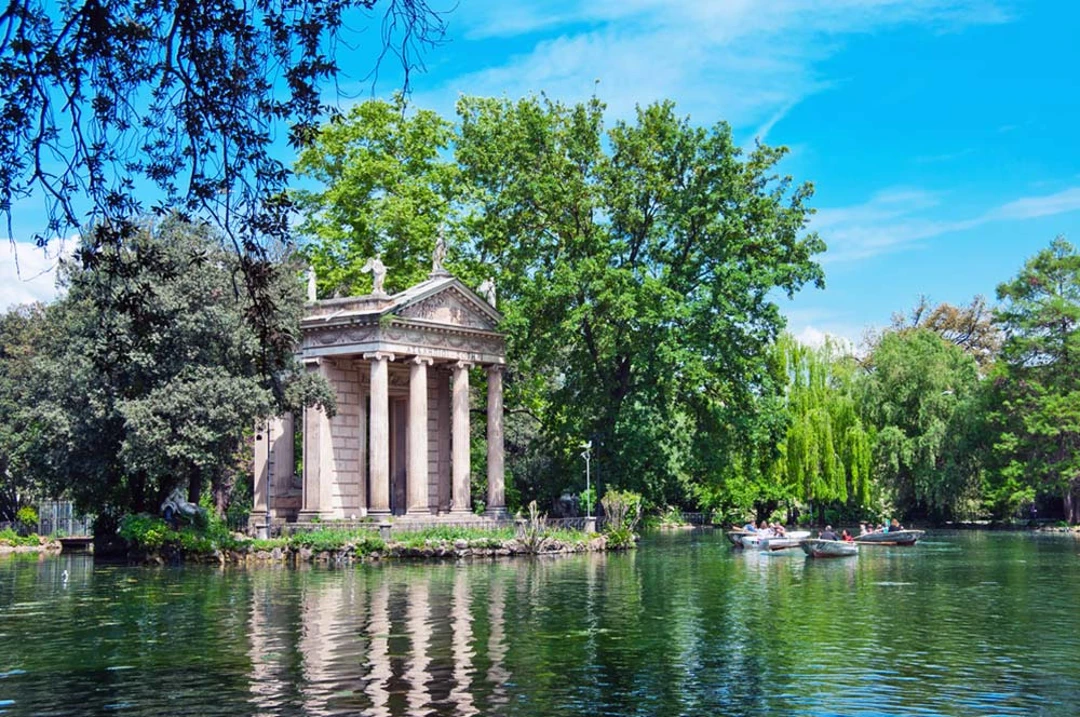
2. Orange Garden (Giardino degli Aranci)
The Orange Garden has amazing 360-degree views of Rome. A little quiet away from the city center. This small park is ideal for a peaceful walk amid orange trees and take in the view.
How to Go There: Its location on the Aventine Hill means you’ll have to take the Metro Line B to Circo Massimo and then walk for about 15 minutes.
Best Time to Visit: Try to visit in the late afternoon to see the sun setting over the city.
Tips for Going There: Bring your camera for pictures. And during the week, it’s typically less crowded than on the weekend.
3. Appian Way (Via Appia Antica)
History and nature intersect on the Appian Way, an ancient Roman road, with picturesque views of trees and ruins, making it an ideal spot for a bike ride or stroll.
How to Go There: To get to the Appian Way, take a bus from the city center. Bus 118 (from the Colosseum) will take you there.
Best Time to Visit: The best time to go is in the morning so you can avoid the crowds and the heat.
Tips for Going There: You can rent a bike to there. And bring supplies for the ride too– food and water– as there’s very few places along the way to eat.
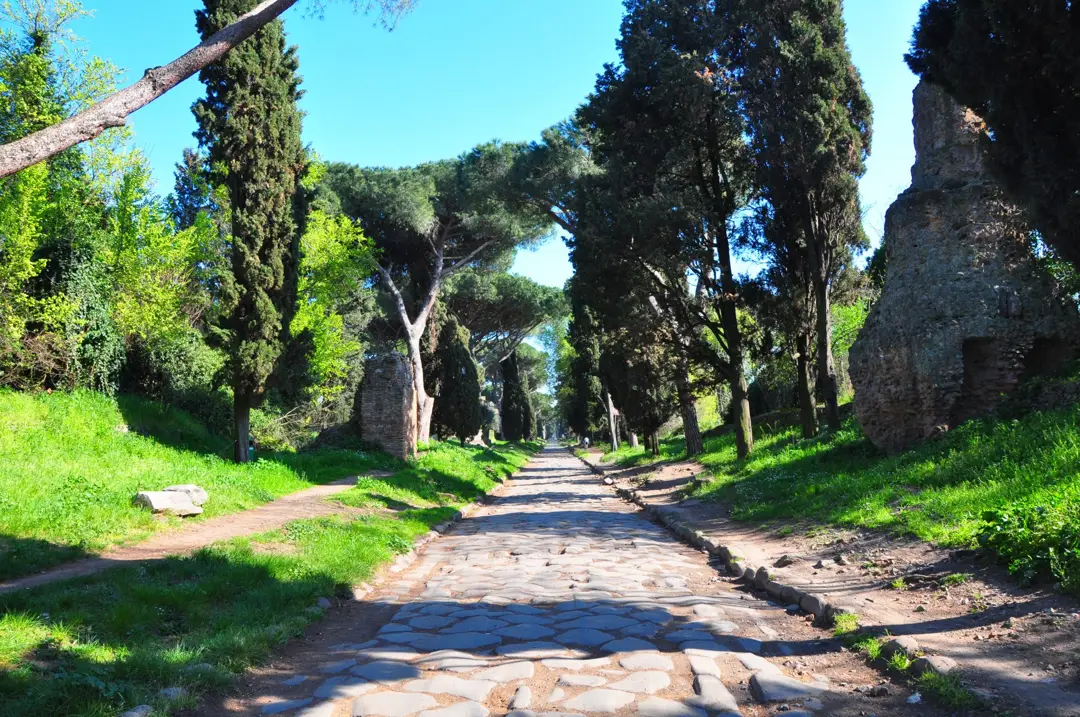
4. Janiculum Hill (Gianicolo)
Janiculum Hill is renowned as the home of some of Rome’s most panoramic viewpoints, best enjoyed at sunset. It’s a tranquil place for a leisurely stroll.
How to Go There: To get there from the city center, you can simply hop on a bus and then walk. Buses 870 and 115 stop within a short distance of the hill.
Best Time to Visit: It’s really nice around sunset and, of course, the view of the city.
Tips for Going There: A light jacket is a good idea for the evening cool. And be sure to be on hand for the daily noon cannon firing from the terrace on the hill.
5. Tiber Island
Tiber Island, located in the center of the Tiber River, is a delightful place to take a casual walk. You’ll find city views and plenty of Roman ruins, the perfect scenic escape.
How to Go There: It is connected to the mainland only by foot. To reach it from Trastevere, simply cross the Ponte Cestio.
Best Time to Visit: Enjoy the island at any hour, but it’s especially magical in the evening when the river is prettily illuminated.
Tips for Going There: You would also be well-advised to take the time to wander the nearby Trastevere neighborhood, which has great nightlife and restaurants.
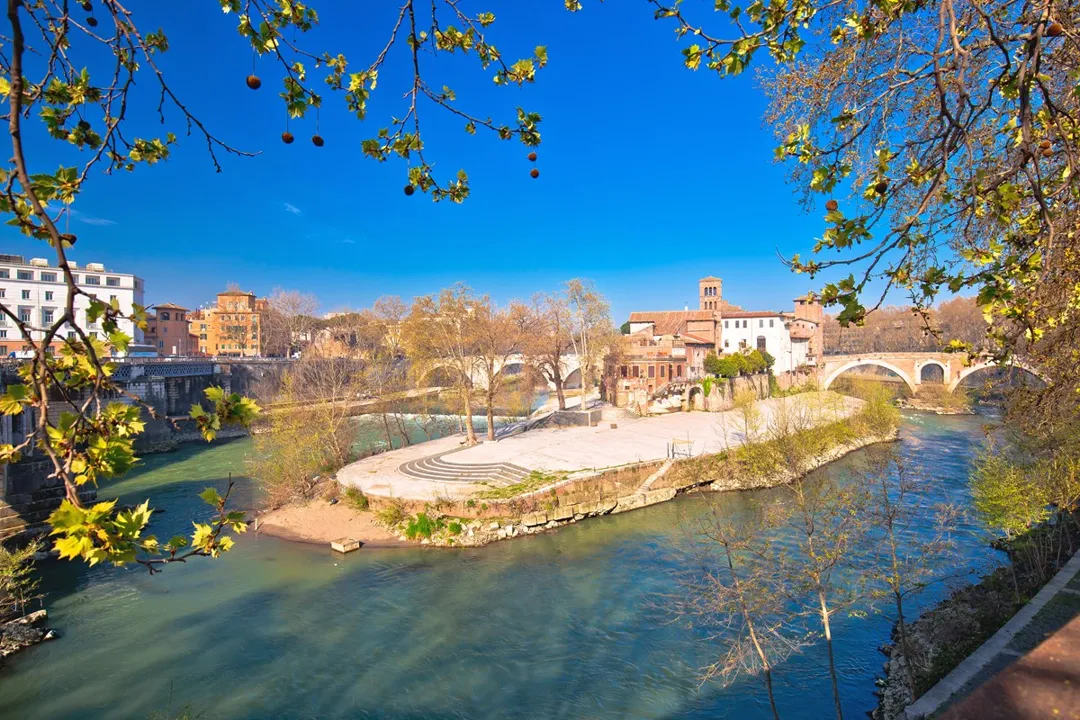
History and Culture
6. Colosseum
The Colosseum is the symbol of Rome and an absolute must for anyone who loves history. A visit here truly makes ancient Rome come alive. You’ll be awestruck by its scale and the tales that linger in these walls.
How to Go There: The Colosseum in Roma is centrally located and easy to find. You can jump off at Metro Line B’s Colosseo Station, and a five-minute stroll will get you there. Central location also means it can be reached by multiple bus and tram lines.
Tips for Going There: You should book tickets ahead to skip the lines because it gets very busy and lines are long, particularly in high season. Visit early in the morning or later in the evening for a quieter experience and better photos in softer light.
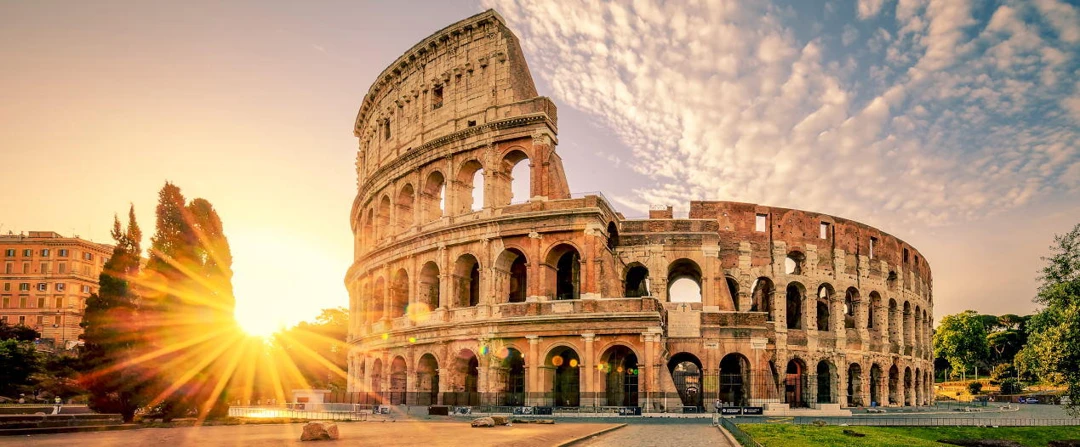
7. Roman Forum and Palatine Hill
It’s truly awe-inspiring and educational to wander around the ruins of the Roman Forum and see the heart of social and political life. And a brief walk to the top of Palatine Hill provides great views and a peek at the mythological beginnings of the city.
How to Go There: Once you’ve seen the Colosseum, you’ll continue down the walls and follow the signs to the entrance of the Roman Forum, which is just a short distance away. These two sights are so close together that you will be walking the short distance.
Tips for Going There: Be sure to wear comfortable walking shoes because there’s a lot of ground to cover — and at least one water bottle since it can get hot and sunny in the middle of the day.
8. Pantheon
The Pantheon is a testament to robust engineering and architectural beauty.
The sheer size and wide-open space of the famous dome is truly unforgettable. There are also stunning sculptures inside, and you can discover how it was converted from a temple to a church. It’s a great example of Roman architectural ingenuity.
How to Go There: The Pantheon is situated in the Piazza della Rotonda, in the center of historic Rome. Much of the city’s most notable sites are in walking distance, including Piazza Navona.
Tips for Going There: Entrance is free, though it can get crowded; arrive early or late. Silence your phone and keep conversations to a whisper as this is a religious site.
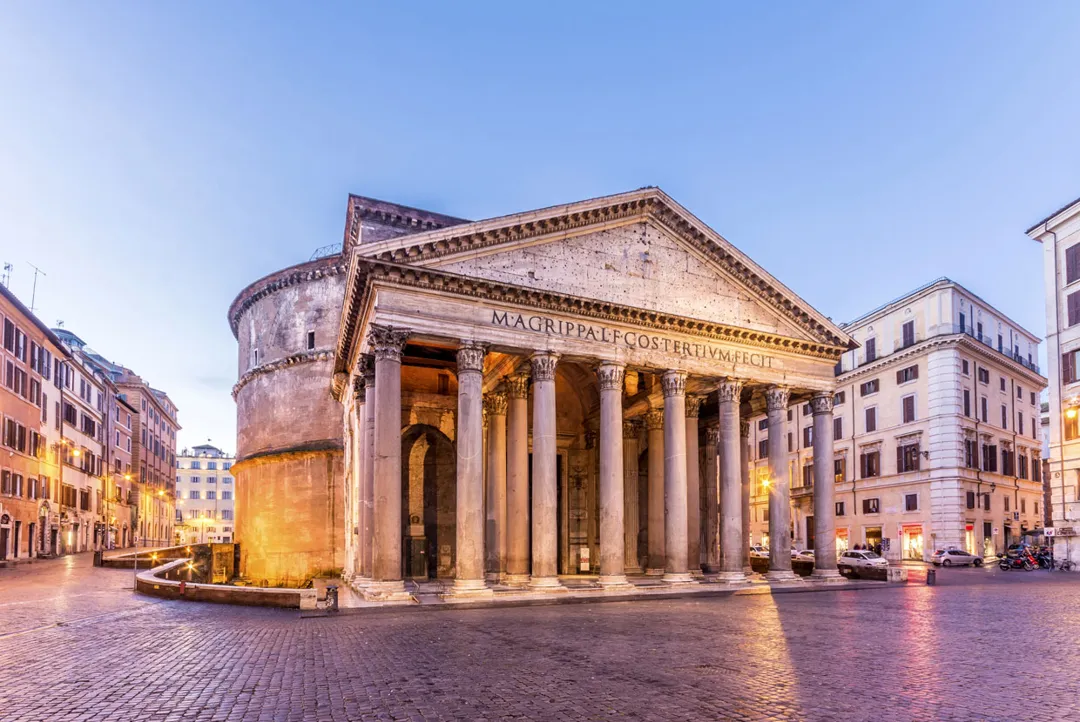
9. Vatican Museums & Sistine Chapel
Housing some of the most valuable art collections in the world, the Vatican Museums are simply remarkable. Paintings from giants such as Michelangelo and Raphael fill the walls as you wander the halls.
The gorgeous frescoes of the Sistine Chapel are the highlight and most memorable.
How to Go There: Vatican City is home to The Vatican Museums. To get there, just take Metro Line A to Ottaviano-S. Pietro; it’s only a short walk from there. Buses also run in and out of the area.
Tips for Going There: Book tickets in advance to avoid the queues. It’s common to see people entering inappropriately dressed, so show some respect and dress conservatively.
10. St. Peter’s Basilica
St. Peter’s Basilica is a wondrous mix of the religious and the artistic, the interior itself a stunning work of art adorned with Michelangelo’s Pietà.
The entire experience of visiting and climbing to the cupola of the basilica is truly amazing.
How to Go There: To visit, simply hop on the Metro Line A to Ottaviano-S. Pietro, and you’ll be a quick walk to St. Peter’s Square. Its central location in Rome allows for easy accessibility by public transportation.
Tips for Going There: Arrive early to avoid the masses–that is, if you want to scale the dome for the views of the city.
Your shoulders and knees must be covered.
11. Castel Sant’Angelo
Castel Sant’Angelo isn’t just a fortress, it’s an interactive museum that lets you step back in time to Rome’s military and medieval past. It’s free to roam and the views from the top are some of the best of the Vatican.
How to Go There: Castel Sant’Angelo sits near the Vatican City. You can stroll there from the Vatican along the Tiber River, or take a quick bus ride.
Tips for Going There: Go at sunset for impressive views of the Tiber and Vatican City.
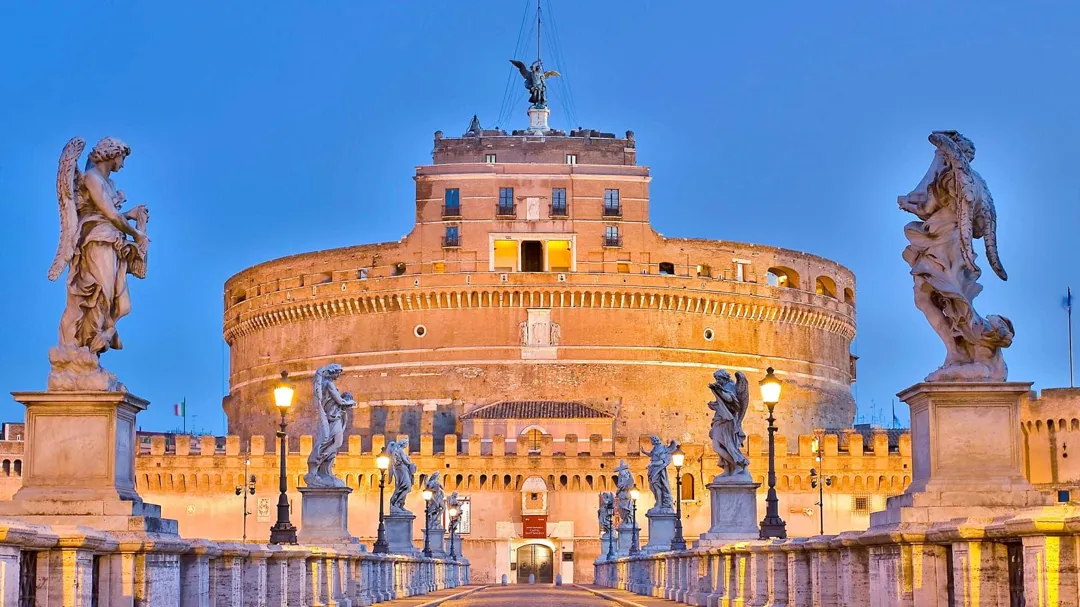
12. Piazza Navona
This bustling piazza is a living example of Rome’s Baroque grandeur.
Piazza Navona serves as an active center with fantastic fountains, like Bernini’s Fountain of the Four Rivers, and it’s the perfect place to get a true sense of Roman daily life as you marvel at the history around you.
How to Go There: Piazza Navona is located right in the center of Rome. It’s easily walkable from sights such as the Pantheon and Campo de’ Fiori, and well connected by bus for public transportation.
Tips for Going There: Artists and street performers are always on hand to bring more life to the square, and it’s a wonderful place to visit in the evening.
13. Roman Baths of Caracalla
The Baths of Caracalla is one of the largest still fully-intact thermal buildings in the entire city.
It offers a wonderful insight into Roman life as well as Roman engineering. You can almost imagine the lively social scene that existed in the area.
How to Go There: You can get there by either riding Metro Line B to Circo Massimo or by taking one of the buses that stop there. The baths are a short walk from the metro.
Tips for Going There: Water and sunscreen should be on your packing list, as even ‘open-air’ sections are literally open to theound. To avoid the most intense heat, visit in the early morning or the evening.
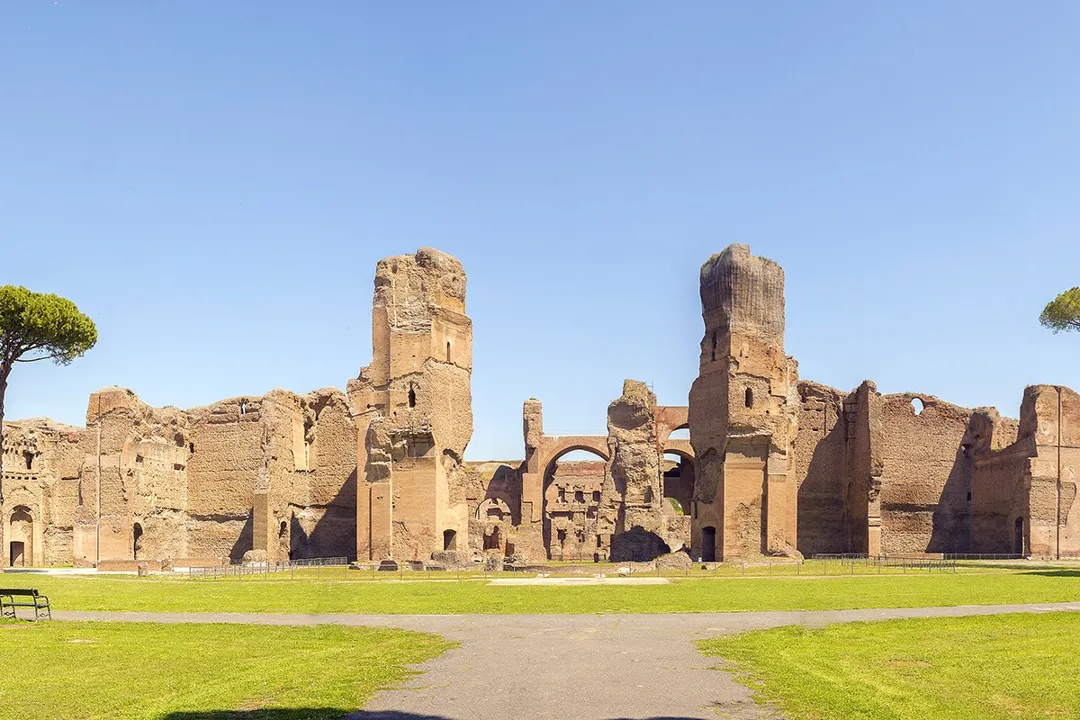
14. The Catacombs of Rome
The Catacombs of Rome are a haunting and enlightening trip back in time to early Christian history.
These once-public burial grounds are both eerie and intriguing, and the tales of the early Christian martyrs and their symbols helps you to imagine being there.
How to Go There: The catacombs are situated on the outskirts of the city so it’s easiest to reach them with a bus. A bus 118 or similar goes there.
Tips for Going There: Beware of the uneven ground and wear comfortable shoes. Photography is not always permitted, and flash photography never is, so determine before your trip what is allowed.
Food and Culinary Experiences
15. Pizza in Trastevere
Explore Trastevere and enjoy a slice of Roman-style pizza. These streets are lined with cobblestones and bars, making for a fun night out as the smell of pizza al taglio wafts through the air.
Every morsel screams Rome in a tasty and totally delicious way.
How to Go There: Trastevere is easily reached from the heart of the city, as well. You can hop on Tram 8 from Piazza Venezia or bus H from Termini Station just a short.
Tips for Going There: Visit multiple pizzerias and get a few slices at each so you can try a range of flavors. After you’re done, take a walk around Trastevere.
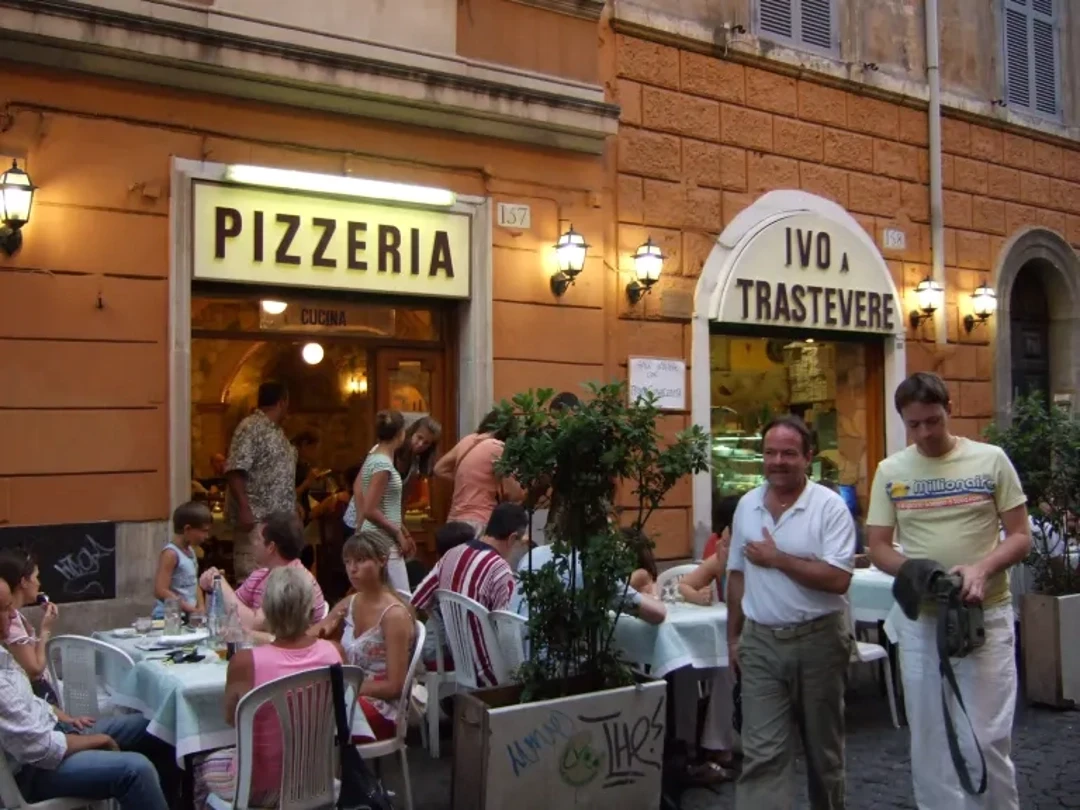
16. Pasta alla Carbonara at a Traditional Roman Trattoria
Pasta alla Carbonara is one of the quintessential Roman dishes.
It’s rich and flavorful and packed with all the things that are bad (though oh-so good!) for you: eggs, cheese, and pork. It’s simple, delicious, and hearty — like most Roman food.
How to Go There: Just go for a stroll in the Montior Testaccio neighborhoods and you will come across a family-run trattoria serving this classic Roman dish. You can also search the web and find well-known local establishments.
Tips for Going There: Look up reviews on the internet for a trattoria that will give you the true Italian experience and be sure to phone in advance, especially at lunch or dinner times.
17. Gelato at Giolitti
Giolitti is a place to go for gelato. In fact, it’s a place you go to experience some of the best hand-crafted gelato in the city, with flavors spanning the spectrum from classic to whacky.
It’s a great way to relax and indulge after a long day of exploring.
How to Go There: It’s also wonderfully located around popular sights such as the Pantheon. Just a brief stroll from most things central, it’s located at Via degli Uffici del Vicario 40.
Tips for Going There: Avoid the lines and go in the late afternoon or off hours and indulge in pistachio or stracciatella. Go crazy and get two or three different kinds.
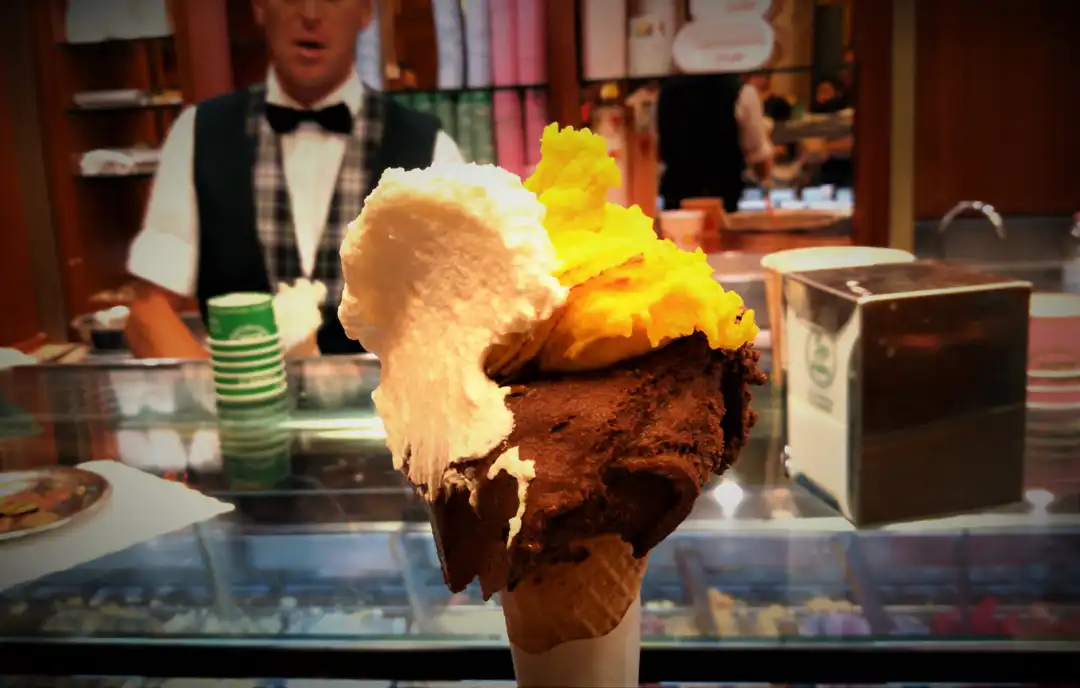
18. Piazza di Campo de’ Fiori Market
It’s a busy market filled with Italian fruits, vegetables, cheeses, and meats and is a fun place to visit even if you don’t intend on buying anything. Locals and tourists merge here to soak up the scene and sample all the neighborhood’s culinary treats.
Shopping here is an experience in its own right and will give you a window into Rome’s food culture.
How to Go There: Set in the hub of Rome’s historic center, Piazza di Campo de’ Fiori can be reached on foot from just about anywhere central.
Tips for Going There: Plan to arrive in the early morning to experience the market at its busiest and to browse the best produce. Take your time to explore other stands and discover the local delights and delicacies the city has to offer.
19. Eataly Rome
Head to the foodie wonderland that is Eataly– a place food-loving travelers to Italy won’t want to skip.
You can buy cheeses that will blow your mind. The wine selection is impressive. The chocolate and bakeries will have you salivating. The variety and quality are some of the best representations of food you can find, and you can buy it all to go!
How to Go There: Located close to the Ostiense Station, you can easily get to Eataly Rome via Metro Line B or a handful of bus lines. It’s a central enough location that makes it an easy pitstop for anyone traveling in Rome.
Tips for Going There: You will need at least a few hours to wander through the various rooms dedicated to pastas, wines, and sweets.
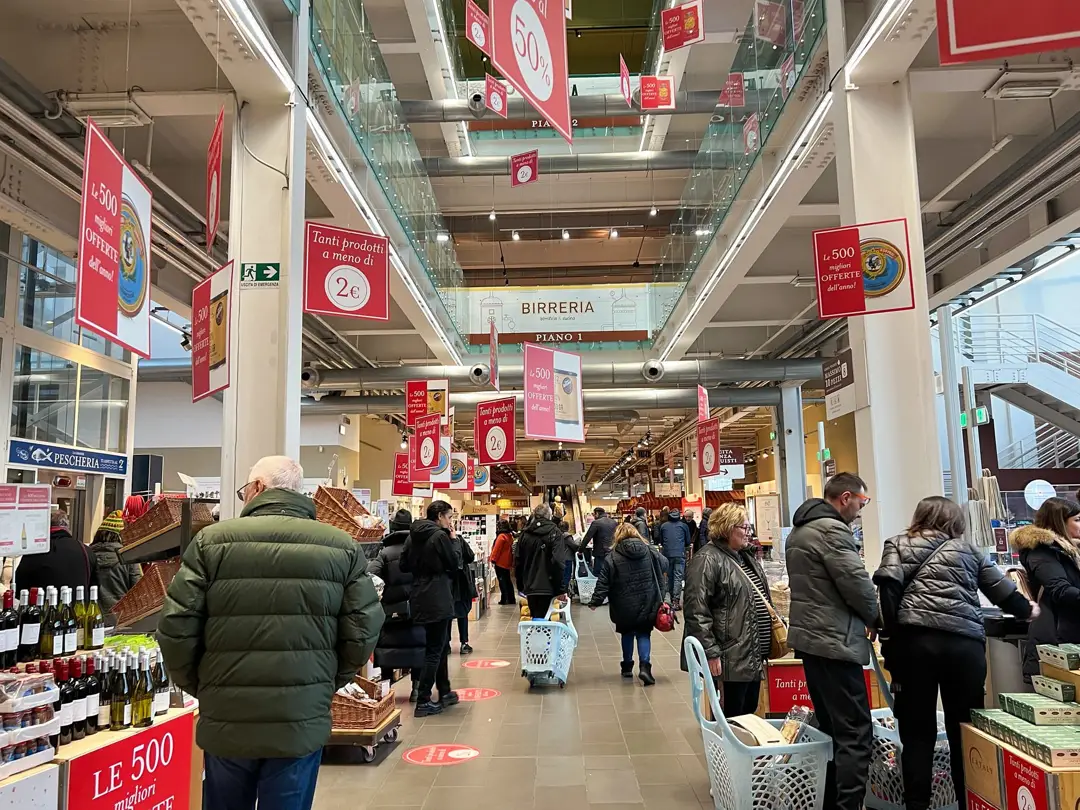
20. Try Supplì (Roman Fried Rice Balls)
These deep-fried snacks are sort of a Roman version of arancini, the ubiquitous Sicilian snack of crispy rice balls filled with mozzarella. But don’t tell that to a Roman or Sicilian — they are, of course, vastly different.
They make for a very filling and delicious snack and are one of a few foods that really taste like Rome itself!
How to Get it: Supplì is sold in most pizzerias and street food kiosks in Rome.
Tips for Going There: For the best, ask people in the city where to go or get a recommendation on a food app. Be sure to try multiple and see which vendor you like the best.
Humanities and Cultural Immersion
21. Attend a Classical Music Concert at St. Paul’s Within the Walls
Enter the exquisite space of St. Paul’s Within the Walls, where you can marvel at the great acoustics and architectural detail.
The church frequently puts on classical music shows and is a great spot to see (and hear) the historic contrast between the interior and the live music as a whole.
It’s a peaceful way to relax and get a taste of the musical side of Rome.
How to Go There: Situated in the Esquilino district, St. Paul’s Within the Walls is easy to reach by public transportation. Simply board Metro Line A to Repubblica Station and take a short, enjoyable stroll from there.
Tips for Going There: Look up concert times before and think about purchasing tickets ahead of time to guarantee entrance of these usually sold out shows. Dress warmly and comfortably (while also being respectful), since it won’t be warm in here.
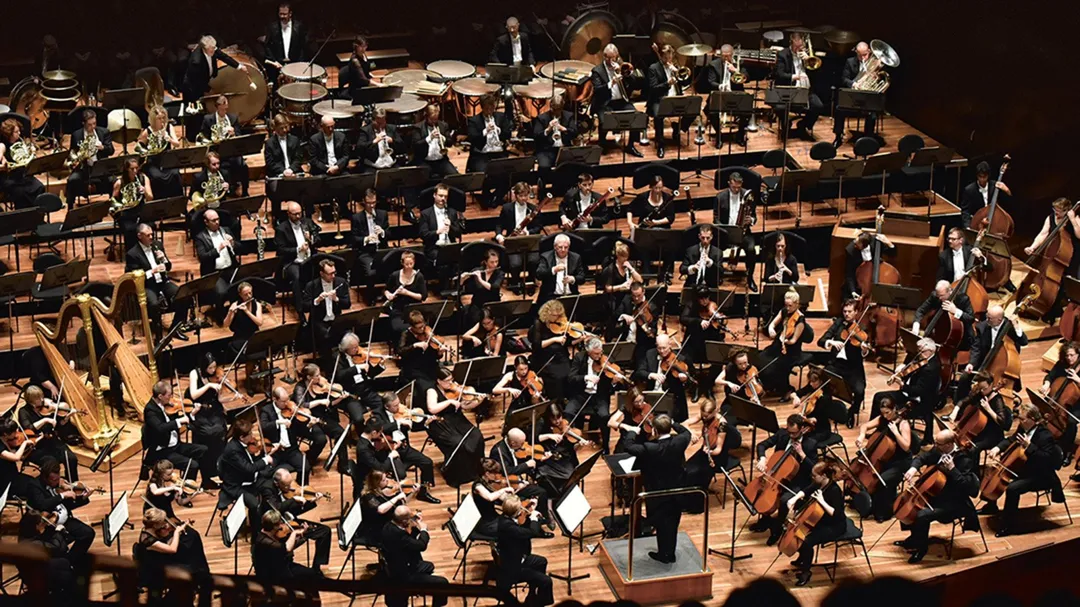
22. Watch a Traditional Italian Puppet Show at Teatrino di Pulcinella
Explore the world of traditional Italian puppetry at Teatrino di Pulcinella. It’s a bit kitschy, but still fun, and provides a nice taste of Italy’s long-standing love of storytelling.
This is a great thing to do with kids, or as a way to experience some of Italy’s traditional culture.
How to Go There: Located right in Rome’s historic center, Teatrino di Pulcinella is within walking distance of several other tourist attractions. You can also take a convenient bus or Metro Line B to nearby Cavour station.
Be sure to double-check showtimes since they may not run every day and plan to purchase tickets in advance.
23. Explore the Villa D’Este in Tivoli
For a day trip out of Rome, visit the breathtaking Villa D’Este in Tivoli, a UNESCO World Heritage site.
The Renaissance gardens and water sculptures are famous and, as at Villa Adriana, you can see the harmony between nature and art in this Italian cultural gem. Strolling the gardens, it’s easy to feel as if you’ve stepped back in time.
How to Go There: It’s easy to get to Tivoli from Rome. You can take a train directly from Rome’s Tiburtina Station or a bus from the Ponte Mammolo Metro Station.
Tips for Going There: Spend at least a couple of hours here, not least in the gardens, so wear sensible shoes and don’t rush it. Weekdays are quieter.
24. Browse the Antique Markets at Porta Portese
Experience a traditional Sunday in Rome at the Porta Portese Flea Market.
It’s a goldmine for treasure seekers with so much unique stuff for sale, all with its own unique tale. Walking through it offers a peek into daily life in Rome as well as the country’s extensive history, displayed in the goods.
How to Go There: The Porta Portese Market is set in the Trastevere district. It’s easy to get there by tram or bus from central Rome (the 8 Tram is the best option) and it’s quite a nice stroll from Trastevere’s major roads too.
Tips for Going There: It’s best to visit in the morning to see the best products and avoid the biggest crowds. Bring cash with you, as many vendors do not accept cards, and don’t shy away from haggling to ensure you get the best price.
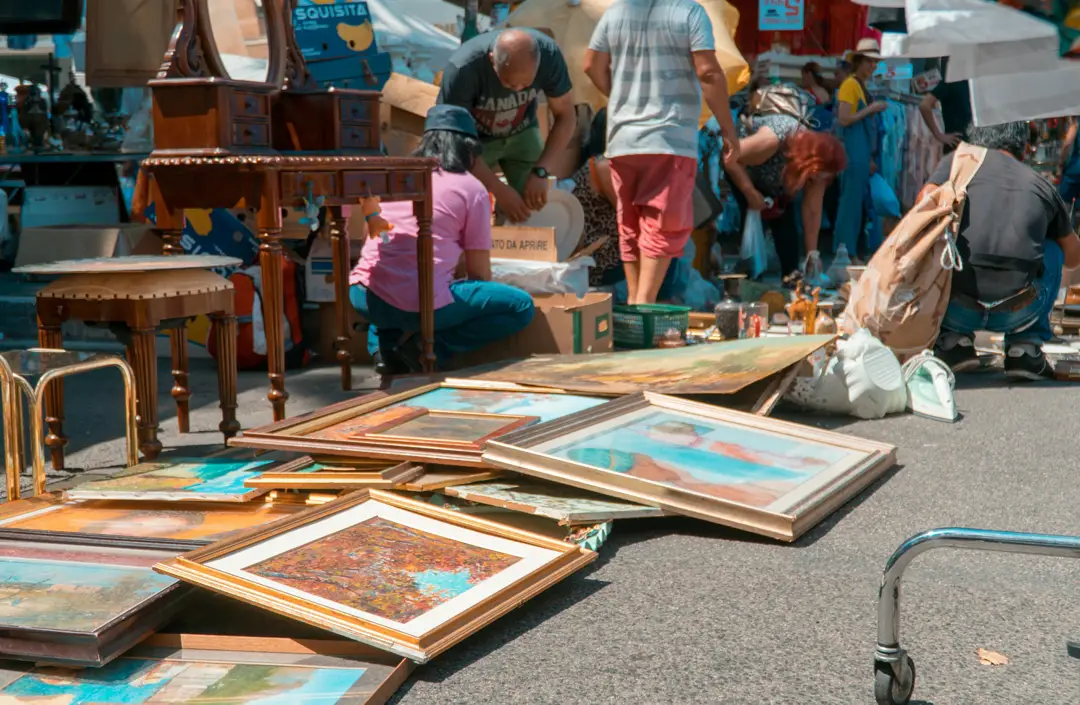
25. Street Art Tour in Ostiense
See a whole new side to Rome with a street art tour of the gritty Ostiense neighborhood. Here, you’ll get a taste of some of the most vibrant and dynamic street art in the city, highlighting the works of local and non-local artists.
It’s a great way to experience a more modern side of the city, mixing its contemporary urban scene with its ancient past.
How to Go There: Easily reached by Metro Line B (Garbatella Station) and a quick stroll through the Ostiense center, or from other parts of the city by bus.
Tips for Going There: Wear comfortable shoes, as there’s quite a bit of walking. Take a camera to snap pictures of all the vibrant murals that brighten the city.
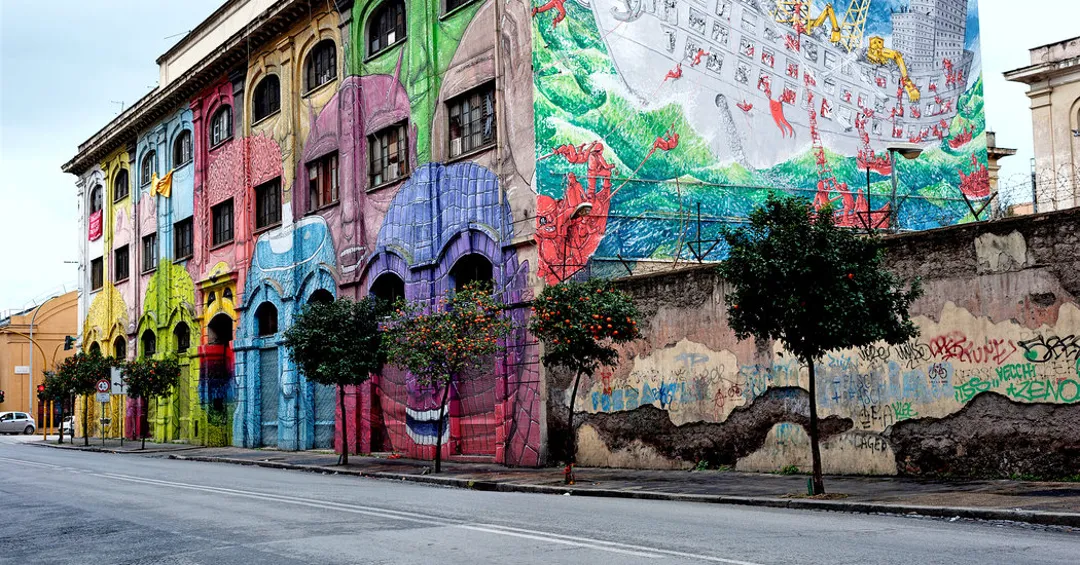
Travel Tips
Here are a few more Italy travel tips to ensure you get the most out of your visit while being able explore it just like the locals.
1. Wear Comfortable Shoes
You will walk a ton in Rome, walking on cobblestone streets, in large parks, and around historic ruins. Be sure to pack a pair of comfortable shoes.
2. Carry Cash
Most places take cards, but smaller cafes and markets may not. Carry some cash in euros in case you need it.
3. Stay Hydrated
The sun in Rome is brutal, especially during the summer months. Bring a reusable water bottle to refill at the public drinking fountains.
4. Be Aware of Pickpockets
Like all major cities, there are pickpockets in Rome — especially in crowded places. Be vigilant and consider using a money belt to keep your belongings safe.
5. Respect Dress Codes
Respect the dress code when entering churches or religious sites. This usually means covering your shoulders and knees.
6. Be Prepared for Varying Weather
The weather in Rome is unreliable. Always bring an umbrella, especially during the spring and fall, and dress in layers
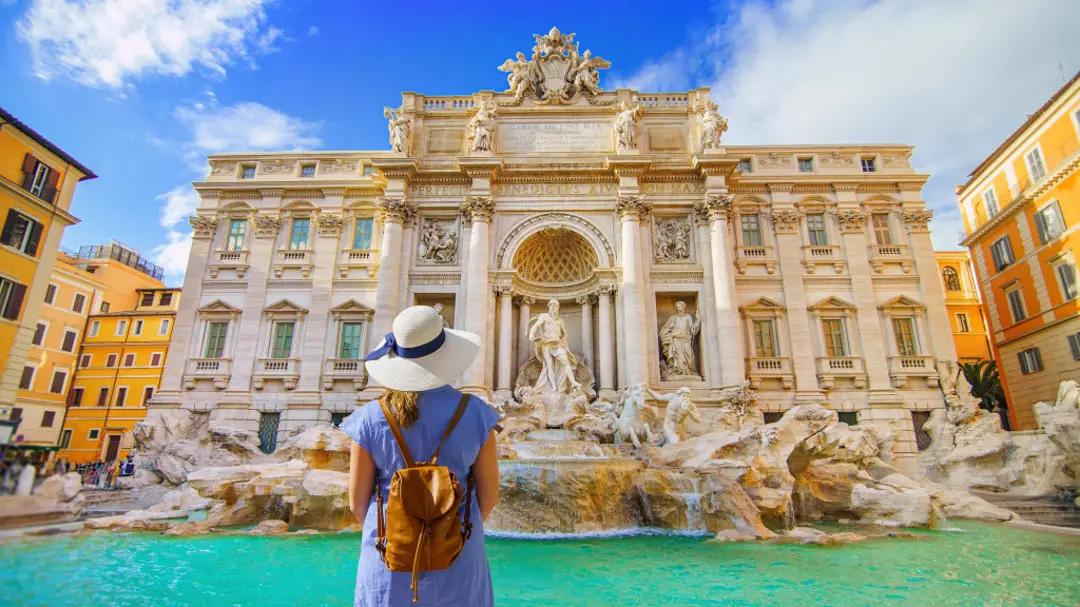
FAQ
1. When is the best time to visit Rome?
The best time to visit Rome is in the spring and the early autumn for good weather. You’ll have mild temperatures for enjoying both indoor and outdoor activities, and it won’t be too busy.
2. How safe is Rome for tourists?
By and large, Rome is safe for visitors but pickpocketing can be a problem, particularly in train stations and other crowded tourist attractions. Just exercise common sense and take basic precautions and you won’t have any problems.
3. What should I know about visiting religious sites in Rome?
Be respectful—wear modest clothing when visiting religious landmarks, keeping your shoulders and knees covered. This is especially important at a church like St. Peter’s Basilica and the Vatican.
4. What’s the local language and should I learn some phrases?
Italian is the official language, and picking up a few words will improve your trip. While most younger Italians understand at least a bit of English, learning a few key Italian greetings and pleasantries demonstrates respect and can help you better connect with the locals.
5. Is tipping customary in Rome?
Optional tip, unless service charge is included. When eating out, leave the small change, and tip a few euros for remarkable service in hotels or with guides.
Conclusion
As a destination, Rome is amazing. It’s a city where thousands of years of history live side by side with a rich modern culture.
Don’t miss your opportunity to explore the famous sights and off-the-beaten-path secrets.
Sample the local food, soak in the panoramic vistas of the city, and blend in with the cultural mosaic that is Rome.
So dive right in and unearth this eternal city’s stories to add to your own.
